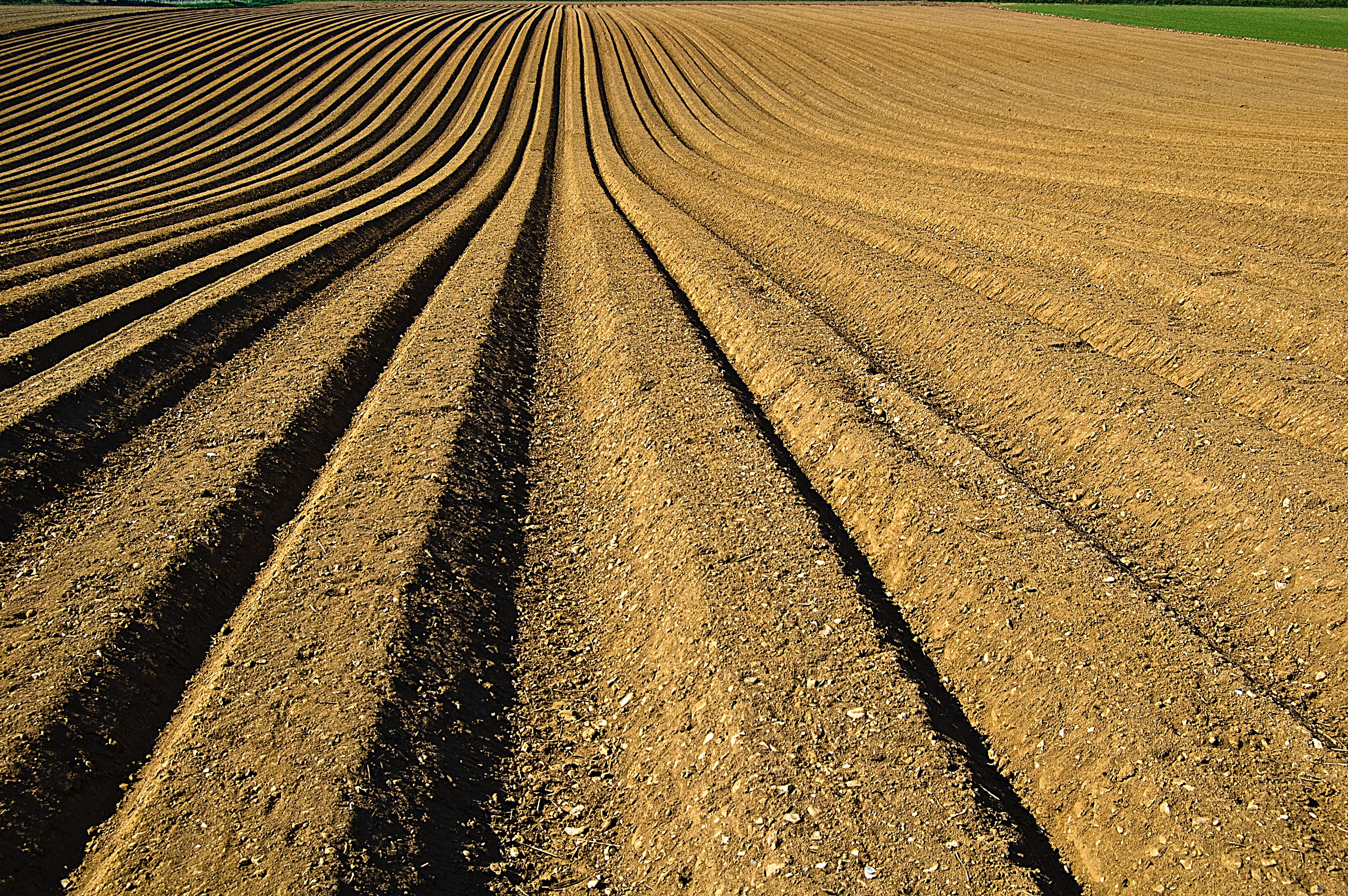Carbon farming is the hot (and overhyped) tool to fight climate change

A growing number of farmers are exploring the potential of capturing and storing greater amounts of carbon dioxide in soil as a way to combat climate change.
Soil naturally stores some amount of carbon, much of it from decaying plants and animal matter. The National Academy of Sciences estimated in a study last year that global farmland could capture and store as much as 3 billion tons of additional carbon dioxide if farmers adopted a number of improved practices, including adding organic matter like manure or compost, shifting cultivation to favor crops that contribute more of their carbon to the soil, or using off seasons to plant cover crops that will then break down. (See “One man’s two-decade quest to suck greenhouse gas out of the sky.”)
California has started providing small grants from the state’s carbon cap-and-trade fund to farmers who employ techniques that promise to store more carbon. Meanwhile, a Boston startup known as Indigo AG recently announced a plan to pay farmers to pursue similar practices and then sell carbon credits to companies or individuals looking for ways to offset their climate impacts.
But there is still huge uncertainty concerning how much of a climate benefit these efforts provide, what practices work best under different soil and climate conditions, and whether there are more reliable ways to balance out the industry’s greenhouse-gas emissions, according to panelists at a session on “carbon farming” at the Breakthrough Institute’s annual conference in Sausalito, California, on Thursday.
Noah Deich, executive director of Carbon180, a think tank promoting carbon removal and recycling, said that since the onset of agriculture, the planet has released about 500 billion tons of carbon dioxide from soil—about 14 times the amount released from all fossil-fuel energy sources globally last year. It’s a huge pool that could potentially be refilled, if those ecosystems can be made to take up higher levels of carbon dioxide.
“But from that basic premise it gets much, much more complicated,” he said.
There are still a lot of unknowns about how soil microbe ecosystems actually work and what practices are most effective at capturing and storing carbon dioxide, Deich said. He added that what we most need right now is a lot of field experiments in a lot of places exploring these things in greater detail.
Tim Searchinger, a researcher at Princeton who closely studied the potential of carbon farming for an upcoming World Resources Institute report, took an even more skeptical stance.
He said there are limits on how much farmers can change their soil management practices, and other restrictions on how much more carbon we can reliably store in soils that we continue to farm. In addition, some efforts that could be credited as carbon farming might have taken place anyway.
“Our view generally is that it’s been a huge diversion,” he said. “We have … an enormous number of things that need to done to be solve agriculture and climate change, and soil carbon ain’t it, at least from a mitigation standpoint.”
The first and most important priority for minimizing the climate impact of agriculture is to stop clearing more land for it, Searchinger stressed.
“There’s no scientific uncertainty about that,” he said. “You clear a forest and you lose a lot of carbon.”
In particular, he said, we need to make extra efforts to conserve or restore peatlands, a type of wetland that releases vast amounts of carbon dioxide when it’s dried out and converted to agricultural uses.
Boosting productivity on grazing and croplands—through, say, better processes, nutrients, crops, or seeds—can deliver bigger benefits, he argued, by easing pressure to expand agricultural operations. Better still would be for farmers to convert some fields back to grasslands and forests, which store far more carbon in their leaves, trunks, roots, and soil.
But Calla Rose Ostrander of the Marin Carbon Project—a research effort to improve carbon sequestration in the soil of its namesake California county—said it’s difficult to make generalized global conclusions about carbon farming.
“When it comes to soil carbon science … you have to take a specific approach to the landscape that you’re in, to that crop system that you’re in, to the climate that you’re in,” she said, noting that California’s soil program is based on a decade of peer-reviewed research exploring carbon uptake at varying soil depths throughout the state.
She added that the goal of such efforts isn’t simply capturing and storing carbon, but creating soils that can be both agriculturally productive and climate friendly.
Deep Dive
Climate change and energy
The problem with plug-in hybrids? Their drivers.
Plug-in hybrids are often sold as a transition to EVs, but new data from Europe shows we’re still underestimating the emissions they produce.
Harvard has halted its long-planned atmospheric geoengineering experiment
The decision follows years of controversy and the departure of one of the program’s key researchers.
Why hydrogen is losing the race to power cleaner cars
Batteries are dominating zero-emissions vehicles, and the fuel has better uses elsewhere.
Decarbonizing production of energy is a quick win
Clean technologies, including carbon management platforms, enable the global energy industry to play a crucial role in the transition to net zero.
Stay connected
Get the latest updates from
MIT Technology Review
Discover special offers, top stories, upcoming events, and more.